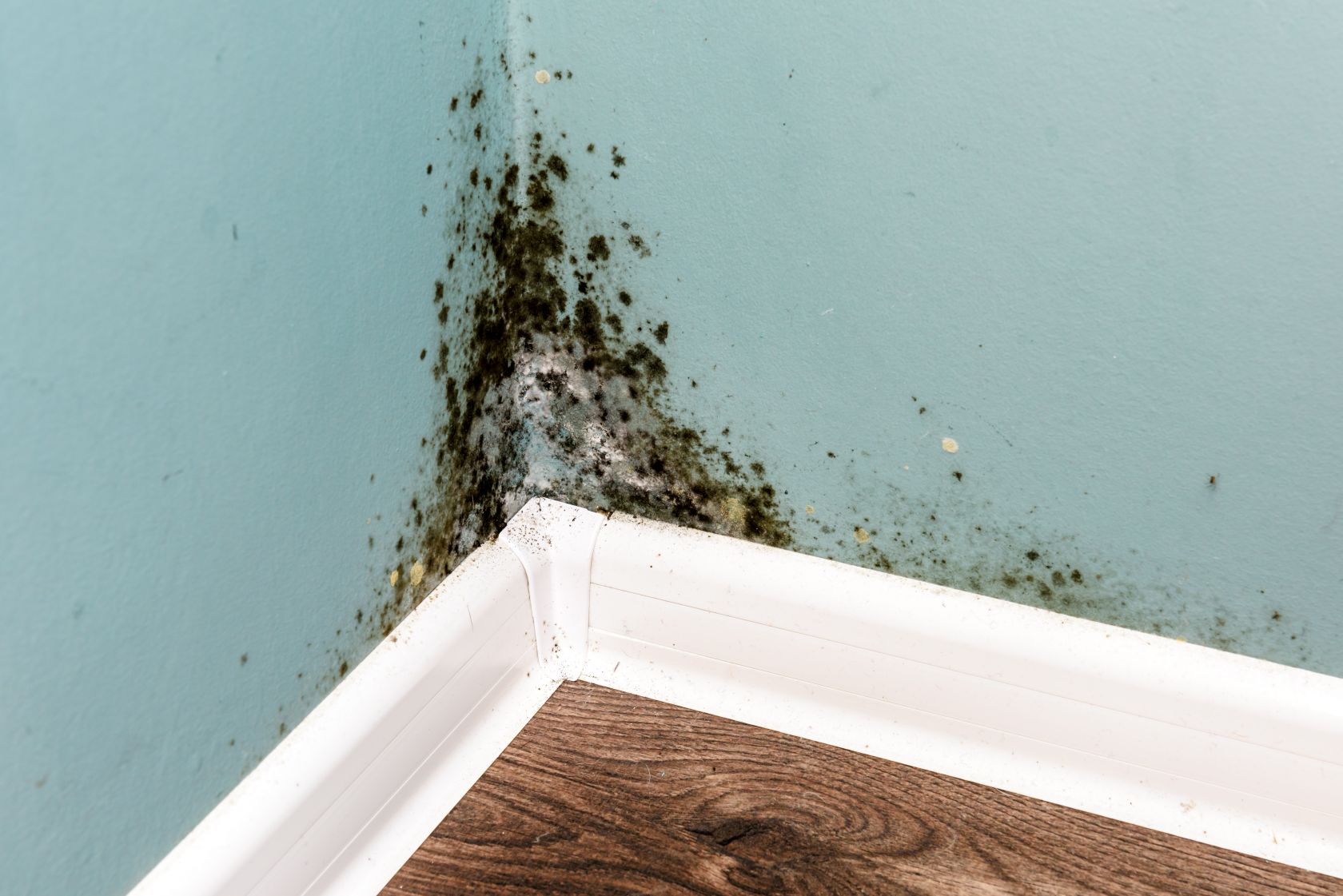Our homes are normally a safe haven, a place to feel free from exposure to germs and types of illnesses.
Thing is, turns out your space could actually be harbouring some of those nasties.
“Allergens and irritants are present throughout your home, on toys, pets, carpets/rugs, bedding, soft furnishings, cosmetics, cleaning products and even in the air,” says Alastair Lockwood, eye health specialist and ophthalmologist at Feel Good Contacts.
“The most common airborne allergens are mould, pollen, dust, and pet dander but air fresheners, perfumes and cigarette smoke can also be irritants,” warns Lockwood.
Their presence can be uncomfortable and sometimes a debilitating experience, says Lockwood, making it difficult to live in your home.
Typical symptoms include streaming, sore, itchy and irritated eyes, and in some cases, nasal allergies (itchy, stuffy nose and sneezing), and eczema.
“So, maintaining a clean and healthy home is key,” advises Lockwood.
Here’s how to banish common pollutants from your home…
1. Pollen
Seasonal hay fever typically occurs in spring and summer, caused by extra pollen in the air. And with an abundance flying around, it can easily be inhaled…
Lockwood says it’s important to keep the home pollen free: “It’s worth remembering the pollen count is typically higher earlier in the morning and in the evenings this time of year. If you’re staying in, it’s a good idea to keep windows closed to prevent pollen from getting in.
“Change your clothes after coming in from outside, as the fabric will have undoubtedly picked up bits of pollen while you were out. It’s also a good idea not to wear your shoes in the house,” suggests Lockwood.
“Besides pollen, they bring in other contaminants including dirt, heavy metals, chemicals and pesticides,” he continues. “Keep outdoor shoes stored away, and as close to the door as possible, to prevent pollen being spread throughout the house.”
2. Dust mites
Max Wiseberg, airborne allergens expert and creator of HayMax Allergen Barrier Balm, says many people may be unaware their sneezes are down to a dust mite allergy.
“This allergy is, in fact, a reaction to proteins in the excretion of dust mites,” explains Wiseberg. “Yes, that’s right, you’re allergic to dust mite poo.”
All homes have dust mites, but due to their tiny size, around 0.25mm, and translucent bodies, he says they’re almost invisible to the naked eye.
“But don’t worry – unless you have a dust mite allergy, they are harmless,” says Wiseberg. “When the allergenic proteins are breathed in or make contact with the skin of an allergic person, their body reacts with symptoms – wheezing, sneezing, runny nose, soreness and redness of the skin and eyes.”
Dust mites thrive in warm humid environments, our beds being one of their favourite spots, he says. “We spend about a third of our day in bed, shedding skin cells and creating moisture with our breath and bodies which the microscopic mites need to live on.”
However, there are things you can do to discourage dust mites in your bedroom…
“The right bed and bedding is very important, and opting for natural materials such as wool in your mattress, pillow and mattress protectors can help, as wool is known to repel dust mites,” says Richard Naylor, group sustainable development director at Hypnos.
“And it naturally wicks away moisture from the mattress surface, creating a hygienic and clean environment.”

3. Mould and damp
There are many negative health effects of having mould in the home, especially if you have an excessive amount growing – or highly toxic black mould, warns Nicholas Auckland, a home heating expert at Trade Radiators.
“Mould spores produce allergens, irritants and toxic substances, which can cause a multitude of respiratory problems when breathed in,” he says.
“These problems include coughs, wheezing, breathing difficulties and exceptionally bad asthma symptoms for those with the condition.”
If you’re sleeping and living in a room with a high amount of mould, chances are you are breathing in a lot of these spores every day, cautions Auckland.
Therefore, over time, you’re more likely to see these health problems emerging. “Breathing in mould and damp spores can also negatively impact your immune system,” notes Auckland. “Making it weaker, and your body more susceptible to illness.”
In such conditions, he says, people have reported feeling lethargic and constantly ill, with this having a major effect on everyday life.
“If you’re ill for an extended period of time and have had damp problems in the past, there is some chance mould in the home may be causing your persistent illness,” warns Auckland. “It’s vital to do a full check of your home for mould, including the backs of furnishings and hard-to-reach places.”















